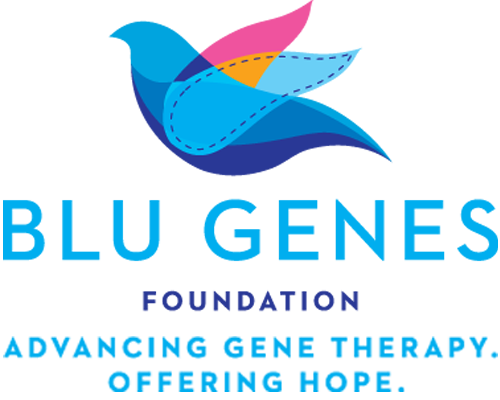NEWS UPDATE, Tay Sachs Disease Research and News
BC Researchers Aid Effort To End Tay-Sachs Disease
Researchers from Boston College, Massachusetts General Hospital, Cambridge University (UK) and Auburn University have formed the Tay-Sachs Gene Therapy Consortium, with a goal of advancing to human clinical trials a unique gene therapy with the potential to halt the fatal genetic disorder.
Commonly found in children of Eastern European Jewish descent, TaySachs typically claims its victims before they reach age 5. There are variants that affect children of Irish and FrenchCanadian descent as well. While genetic screening has greatly reduced deaths from Tay-Sachs, approximately 20 individuals die from the disease annually.
By 2011, the consortium plans to have initiated a gene therapy clinical trial in Tay-Sachs disease patients. “To bring the resources and expertise of Boston College and these other worldclass institutions to bear on this deadly disease means we may see the first successful attempt to control a neurodegenerative disease,” says Prof. Thomas Seyfried (Biology), whose lab has made breakthrough discoveries regarding Tay-Sachs.
“This is a scientifically important project, but more important is the opportunity to use our scientific expertise to dramatically improve the lives of others – particularly children – stricken by Tay-Sachs.”
The disorder creates an enzyme deficiency that allows harmful quantities of a fatty substance, or lipid, to build up in the nerve cells of the brain, resulting in a relentless deterioration of mental and physical abilities. Consortium researchers say their therapy will battle the disease at the cellular level.
The proposed therapy would inject a viral vector carrying two human genes – known as HexA (T-S) and HexB (SD) – which are deficient in Tay-Sachs. Infection of cells in the brain through two individual vectors has been shown in laboratory mice to spur production of normal enzyme at levels sufficient to correct the enzymatic deficiency throughout the entire brain of these subjects. Consortium researchers have successfully paired the two genes in a single vector, which they believe will result in increased therapeutic efficiency and lower production costs.
“We think we know how to do this, based on the experience in my lab, the experiences at Cambridge University, at Auburn and at BC,” says principal investigator Miguel SenaEsteves, an assistant professor in neurology at Massachusetts General Hospital and Harvard Medical School. “This group was essentially working on this initiative with some loose connections or six degrees of separation. Ultimately, we decided we can work together because we all have complimentary expertise.”
The consortium combines the expertise in lipid biochemistry of Seyfried’s lab, MGH leadership in building viral vectors and delivering gene therapy to the brain, Cambridge scientists who have produced long-term survival of laboratory mice afflicted with Tay-Sachs, and the Scott-Ritchey Research Center at Auburn University’s veterinary school, a leading center for small animal research.
Seyfried’s lab has been researching Tay-Sachs for 30 years. Three years ago, Seyfried reported success in mice of a drug that blocks the accumulation of the fatty substances in the brain. That drug was a small, artificial amino sugar molecule that blocked the initial steps of the disease.
Infants can show signs of the disease as early as six months, cease meeting developmental milestones, and then begin to lose motor skills. Children affected by juvenile onset show signs after age three and quickly begin to regress physically and mentally. For adults afflicted by late onset Tay-Sachs, symptoms are often confused with mental illness or other diagnoses.
The consortium has received support from the Cameron and Hayden Lord Foundation, the Brighton-based National Tay-Sachs and Allied Diseases Association (NTSAD), The Cure TaySachs Foundation, The Mathew Forbes Romer Foundation, and The Jewish Community Federation of San Francisco Endowment Fund. It is in the process of applying to the National Institutes of Health for funding for therapies that show promise of successful clinical trials.
For more information about the Tay-Sachs Gene Therapy Consortium The Boston College Chronicle, February 14, 2008 – VOL. 16 NO. 11 see www.tsgtconsortium.com/. For more information about Seyfried’s lab, see www2.bc.edu/~seyfridt/index.html.
Courtesy: The Boston College Chronicle, February 14, 2008 – VOL. 16 NO. 11 | View Full Article on PDF.


